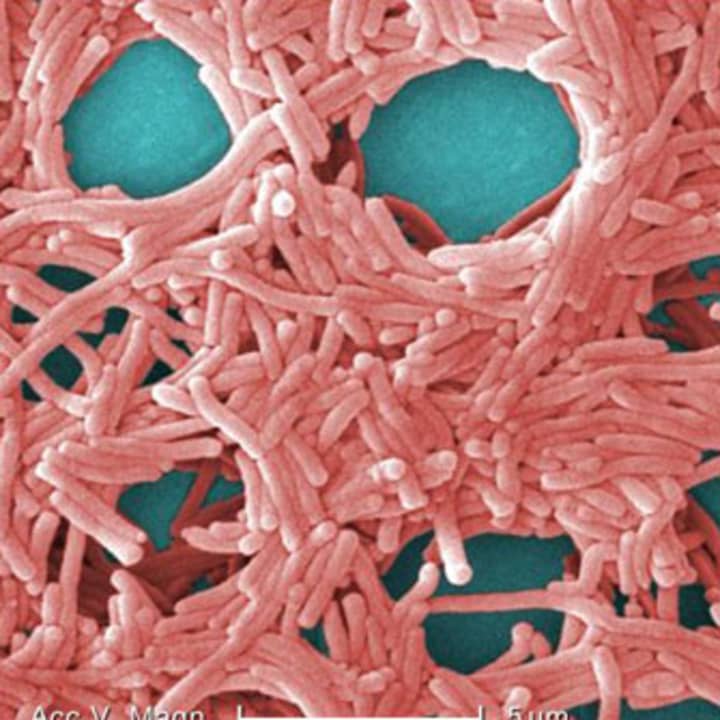The city is taking steps to prevent further outbreaks by identifying cooling towers that may be spreading the deadly pneumonia-like illness.
Seventy-nine others have been sickened in the South Bronx since July 10, according to the New York Daily News.
Most cases of Legionnaires can be traced to plumbing systems such as cooling towers, hot water tanks, and humidifiers, according to the federal Centers for Disease Control. The disease is contracted by the inhalation of water droplets.
Other systems where conditions favor the growth of Legionella bacteria are whirlpool spas, hot tubs, and the evaporative condensers of large air-conditioning systems, the CDC said.
Of the 17 towers that were tested in the South Bronx, five came up positive for the Legionella bacteria, the Daily News said.
Mayor Bill DeBlasio announced legislation Tuesday calling for better monitoring and inspection of suspect cooling towers, according to the newspaper. The City Council is to consider the proposed law this week that would create a complete registry of every building with a cooling tower.
According to the newspaper, city officials didn’t know exactly how many buildings have cooling towers, but it’s likely in the tens of thousands since, experts have said, nearly every large building has one.
A 2011 CDC report said that New York has a rate of Legionnaires’ disease that is nearly double the national average, the Daily News reported.
According to the CDC, symptoms of the disease include headache, fatigue, loss of appetite, confusion and diarrhea and usually appear two to 10 days after exposure to the Legionella bacteria. Most at risk are people with chronic lung and other diseases, smokers, and the elderly. It is treated with antibiotics.
Legionnaires got its name in 1976 after delegates at an American Legion convention in Philadelphia were stricken with the disease. Of the 182 cases reported, mostly men, 29 died.
Click here to follow Daily Voice White Plains and receive free news updates.


